The United Arab Emirates is located on the eastern tip of the Arabian Peninsula, in an inhospitable landscape on the edge of the Rub al-Khali desert. The United Arab Emirates, formerly known as the British protectorate of the Oman Treaty, has formed a federation of seven independent monarchies led by its rulers since the early 1970s. In terms of size, these are Abu Dhabi, Dubai, Sharjah (Al-Sharik), Ras al-Khaimah, Fujairah, Ajman and Umm al-Quwain. This state unit becomes known to travelers mainly thanks to the most famous of them, the Emirate of Dubai.
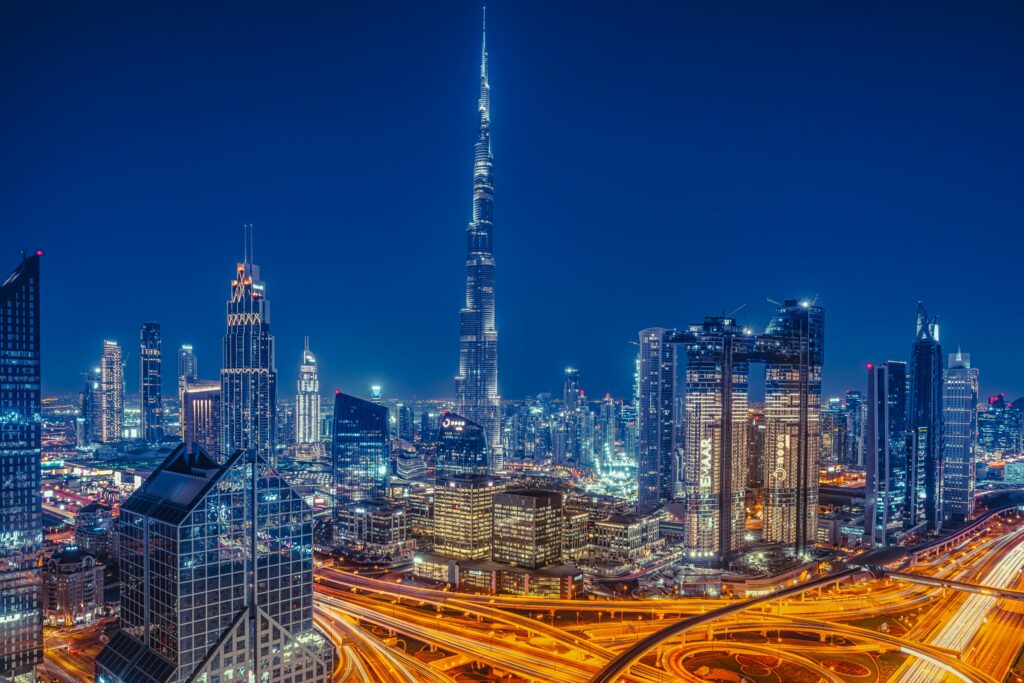
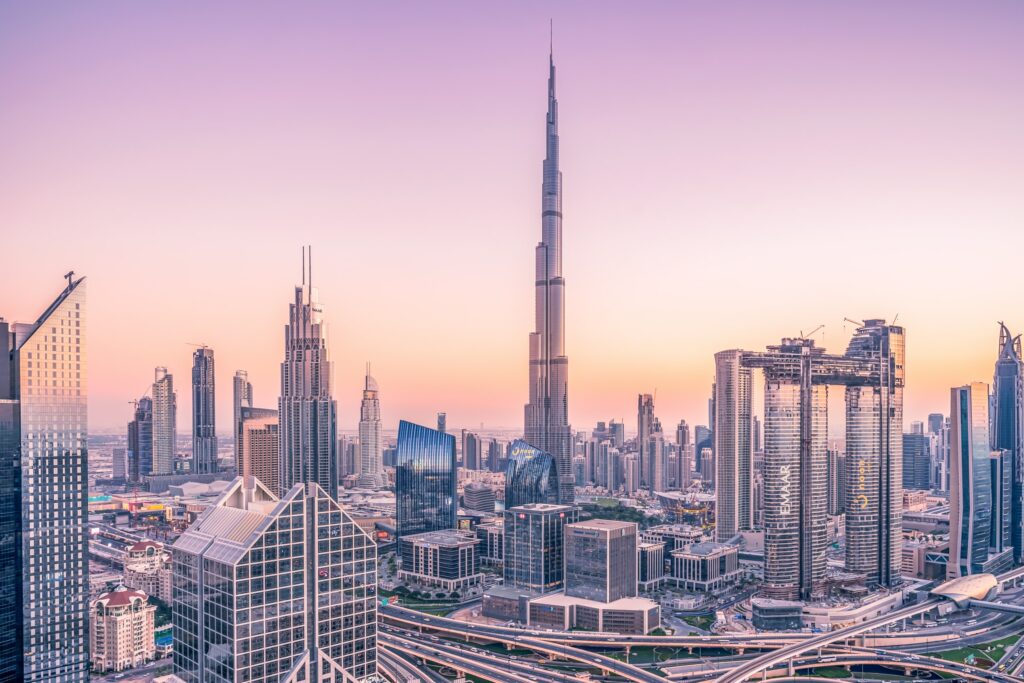
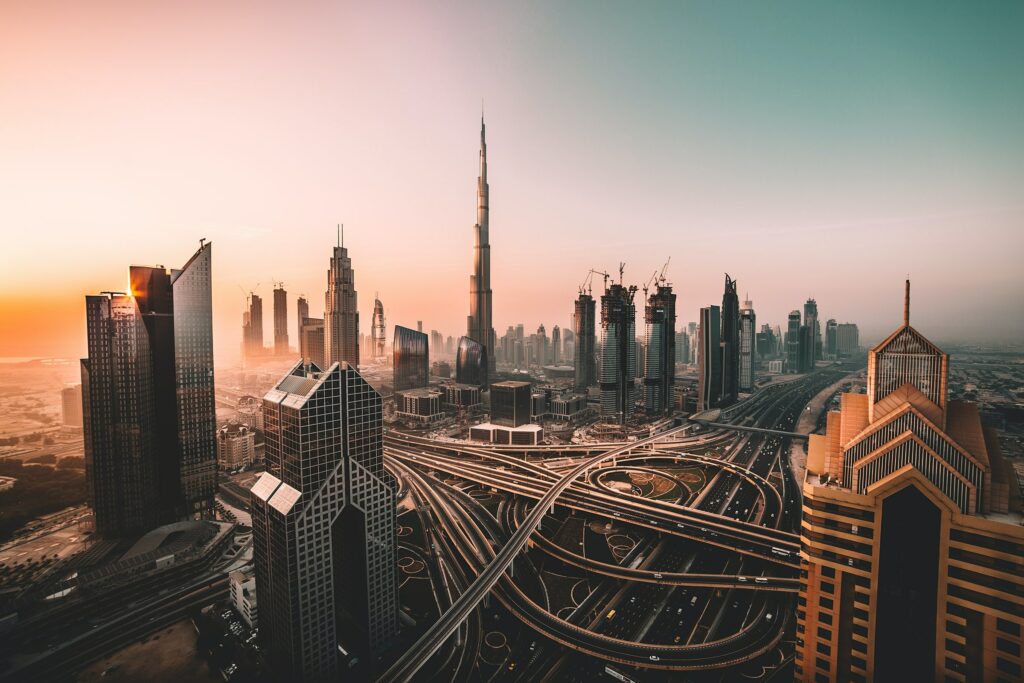
Dubai is a classic city-state based on trade and liberal laws. Dubai is often compared to Singapore and Hong Kong, but most of all it resembles the Italian Venice of the 12th and 13th centuries. Venice also lacked natural resources, but it got rich thanks to a thoughtful trade policy and investment promotion. They were, like today’s modern Dubai, an island of Enlightenment in a sea of religious fundamentalism. The wealth of both cities gave rise to architectural gems.
A city full of surprises
Dubai is neither the largest nor the richest emirate, oil reserves are relatively small, but its Maktoum rulers, be it the visionary Rashid bin Saeed al Maktoum or his son, the current ruler Mohammed bin Rashid al Maktoum, was visionary people and based on prosperity on more permanent directions, especially on trade, large-scale construction, and a good investment.
Dubai, the capital of the UAE of the same name and the largest city in the United Arab Emirates, is a popular tourist destination. The smart strategy of the ruling family and unprecedented tolerance in the Arab world has created a reputation as a cosmopolitan tourist city, which becomes a term for its timelessness and exceeds all expectations. The very name Dubai bears the stamp of secularism, and a trip to Dubai belongs to the style of the upper strata of society, and today also curious tourists.
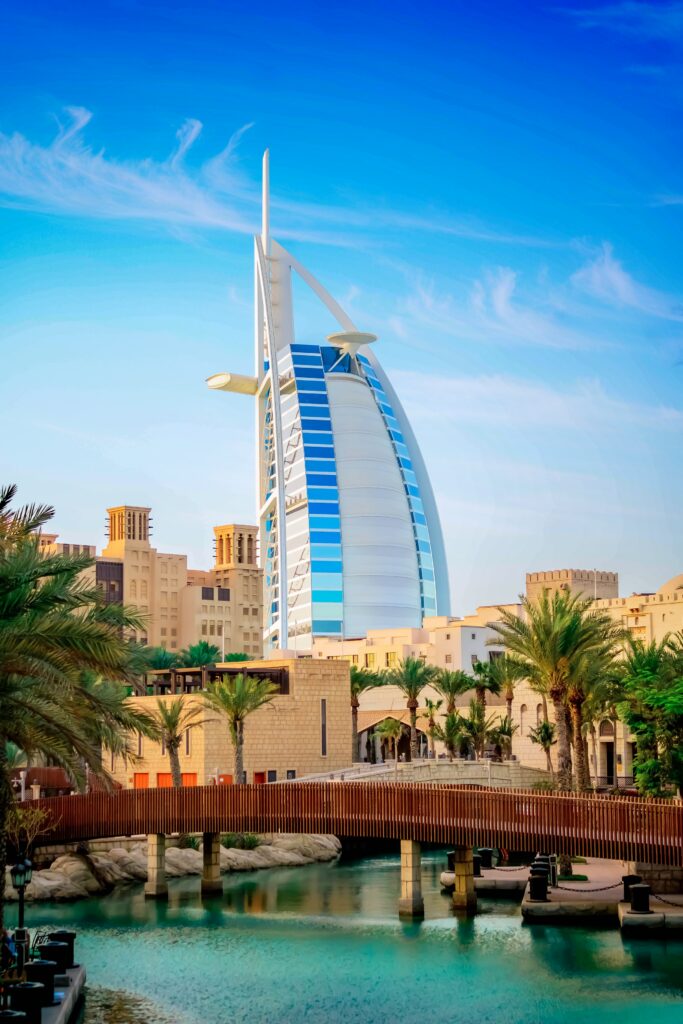
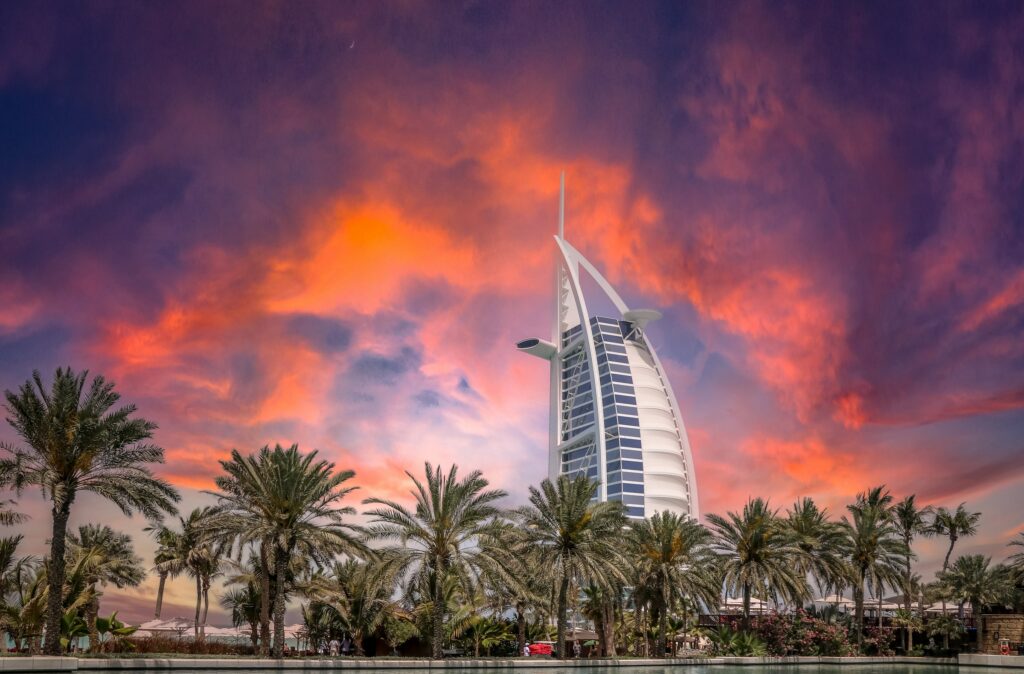
Iconic buildings, be it the seven-star Burj Al Arab Hotel, built on an artificial island resembling the local sailboat “doe”, or the world’s tallest building Burj Khalifa, reaching a height of 828 meters, have become symbols of the new millennium. Stone blocks mined in the Hajar Mountains were used to build other artificial islands arranged in the shape of a palm tree. The modern beautiful architecture resembles a dynamically developing city full of hotels, shopping malls, and office and residential buildings. The construction process is still ongoing, Dubai is still one big construction site.
The Birth of Dubai
Life in Dubai for centuries has been centered along the long Chorus of Dubai, called Dubai Creek, which stretches 10 km inland. Once upon a time, the first inhabitants settled here, who existed at the expense of fishing, trading, and pearl fishing, who went to the open sea. Originally it was a village, and then a small town. It was built mainly of palm leaves woven into mats forming the walls, which were inserted into frames of mangroves and palm wood.
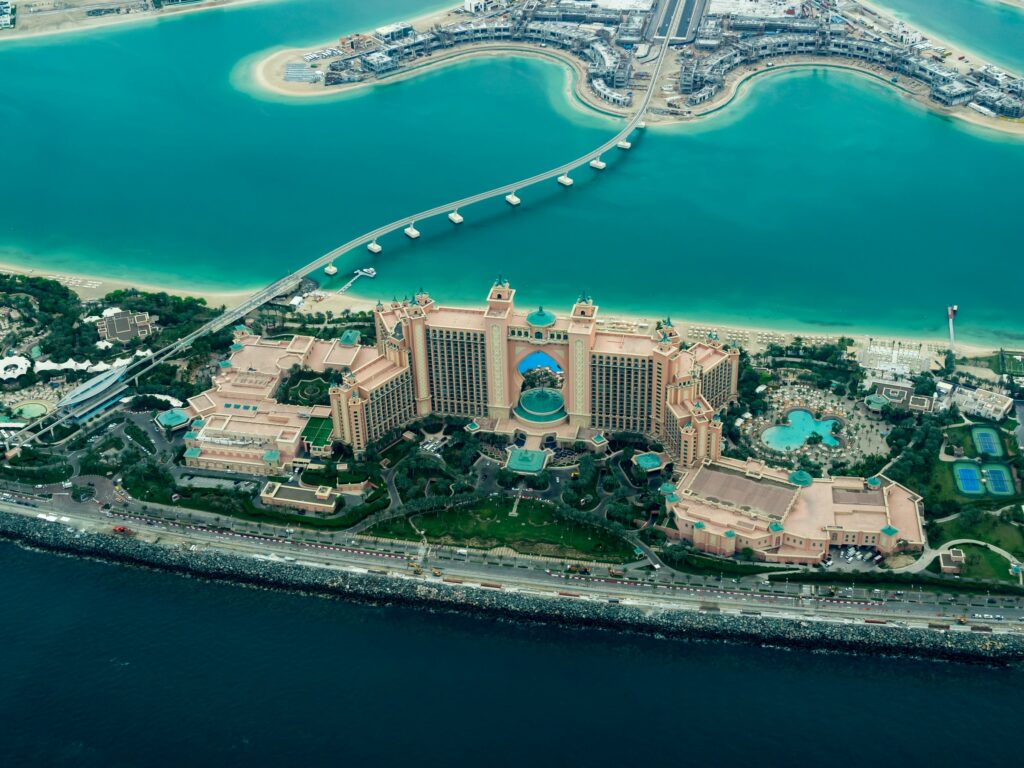
In 1822, Dubai was described as a settlement with a population of about 1,000 people, surrounded by a clay wall, a fortress of clay, and coral stone towered over the settlement. Residents wore thick coats and turbans, and women and men closed their eyes to protect themselves from the sun, but many suffered from eye diseases. There were no signs that skyscrapers, palaces, luxury resorts, and busy ports would ever appear.
A dynasty with long traditions, Dubai
However, deep in the desert, a conflict was brewing that would radically change the fate of Dubai. In 1833, Sheikh Tahnun, the tribal leader, was killed in the oasis of Liwa (now Abu Dhabi), the area of residence of the Bani Yas tribe. One of the two branches of the Bani Yas tribe decided to leave the oasis in the turmoil caused by successive conflicts, and 800 tribal residents left for the north, where the ruling family’s power did not reach. They settled in Dubai, took control of the settlement and its fortress, and soon Dubai was declared a new emirate, independent of Abu Dhabi and its rulers. The irony of fate is that the richest oil deposits were discovered on the territory left by families in the 20th century.
The year 1833 marks the beginning of the Maktoum dynasty, which ruled Dubai for 183 years. In 2006, its 11th ruler, Sheikh Mohammed bin Rashid Al Maktoum, ascended to the throne. His Majesty Sheikh Mohammed is an enlightened monarch who is directly behind many of the achievements, and economic and technical wonders that tourists admire in Dubai. It focuses on education, especially the education of women, and criticizes the numerous scandals that have arisen as a result of the excessive wealth to which the indigenous people of the Emirates have been subjected without any preparation. He often travels alone, visiting schools, hospitals, offices, and supermarkets.
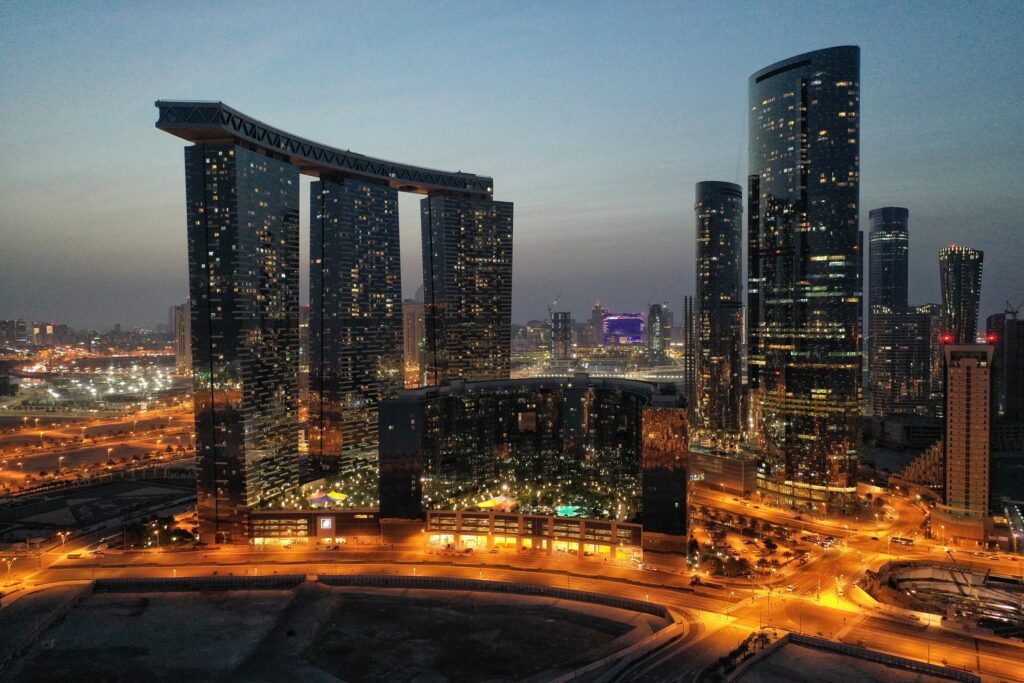
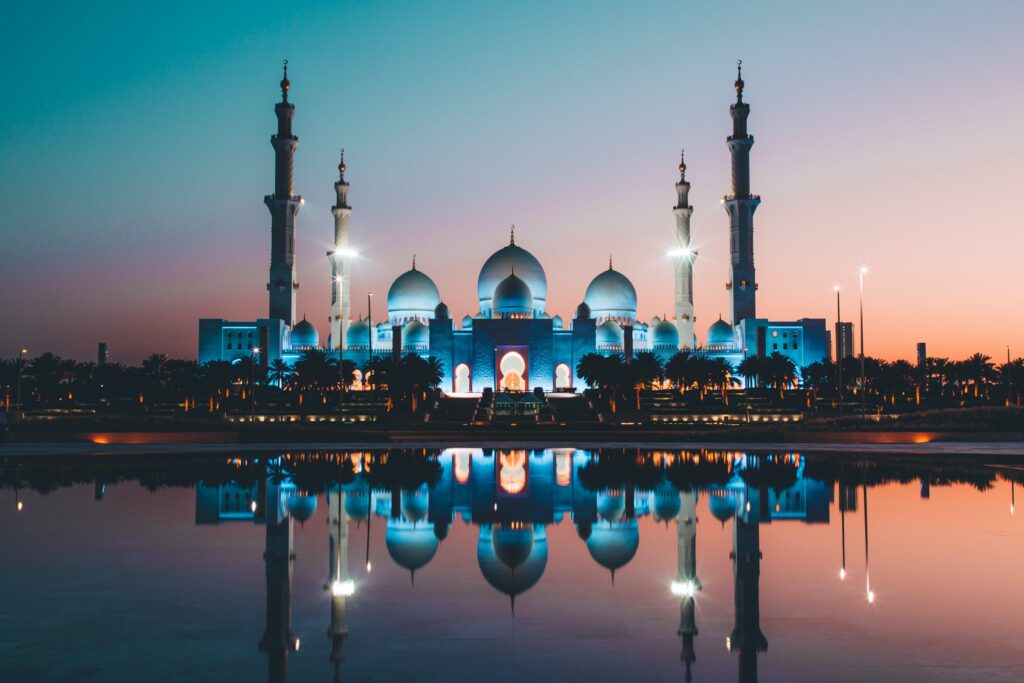
It would be an exaggeration to say that Sheikh Mohammed is the prototype of an unlimited and just ruler of fairy tales, who approaches his noble mission with due responsibility. Sheikh Mohammed, a modern man in traditional clothes, is one of the richest rulers in the world. Despite his wealth, he does not live for the show. He is the Prime Minister of the United Arab Emirates and the ruler of the Emirate of Dubai. His motto consists of many words: “I work today as if I have to die tomorrow, and I work for tomorrow as if I have to live forever.”
The port, the gateway to prosperity
The location of Dubai on the long narrow Khor-Dubai (Creek) predetermined the connection of the population with the sea. People lived on both sides of the bay. Dubai became known as a port around 1902, when ships from nearby ports, as well as from India and East Africa, began mooring here. However, due to the northerly winds, the bay became clogged, which made it difficult for large ships to pass. In 1959, Sheikh Rashid bin Said Al Maktoum (the father of the current Sheikh Mohammed) began the process of deepening the gulf and strengthening the shores.
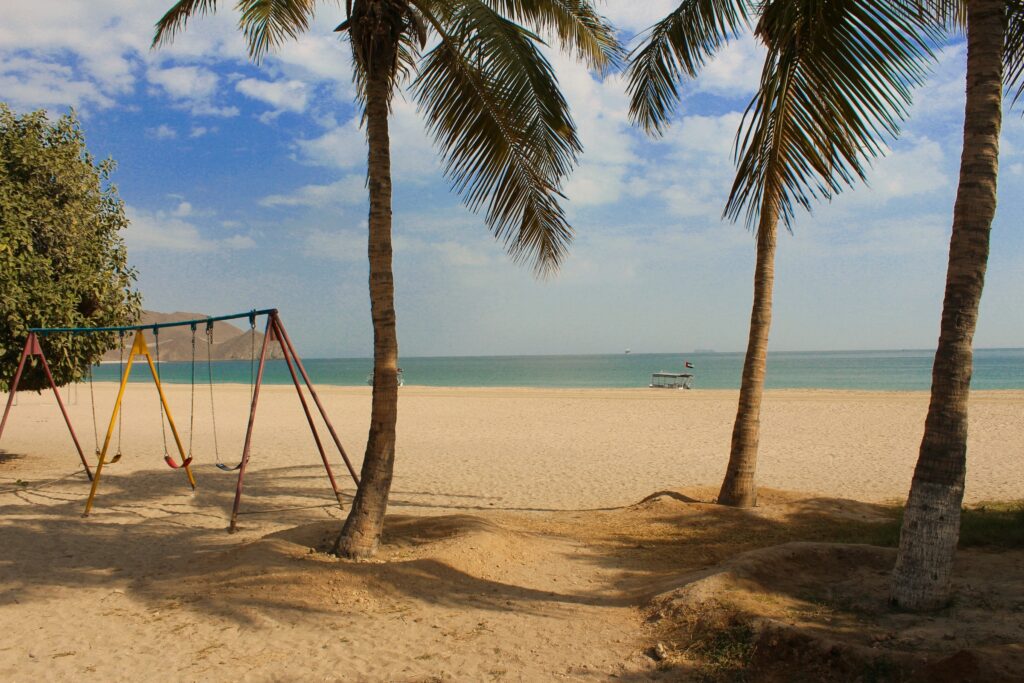
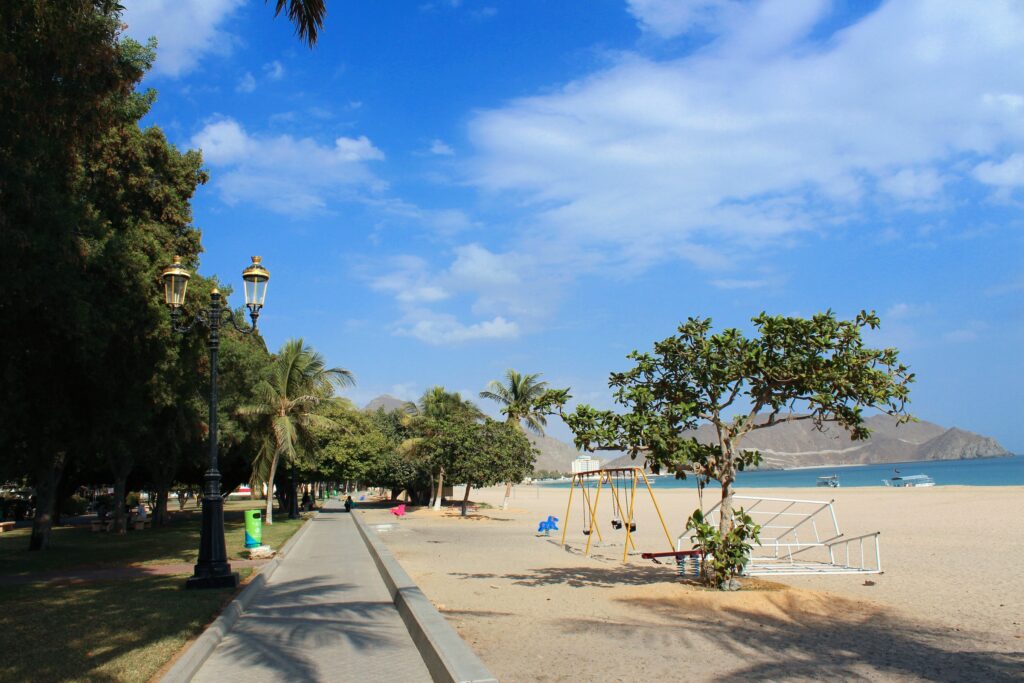
Sheikh Rashid was a visionary, everything he started seemed to be a fantasy and a crazy plan that no one believed in at that time. But, undoubtedly, it was from this moment that the economic development of Dubai began. Today, the Creek is the main commercial artery of the emirate. Hundreds of dhow vessels of various sizes are moored on both sides of the bay, loading and unloading goods. A few kilometers later, a large seaport, Port Rashid, was built on the shore of the Persian Gulf, and then another port, Jebel Ali.
In the shadow of the wind towers in Bastakia
Before traveling to Dubai, it is useful to visit the house of Sheikh Saeed in the Shindag district, which has been turned into a museum. The relatively modest family of the ruler of Dubai lived in this house. The current monarch, Sheikh Mohammed, lived here as a child until 1958. His family lived in four small adjoining rooms. The bathroom consisted of a clay jug of water and a bucket for watering the body. The toilet was just a hole in the floor. At that time, most of Dubai was still a settlement of huts built from palm leaves. Historical photographs are displayed in the rooms of the big house. The contrast between the recent past and the present is quite large.
Until 1894, the only solid structure in Dubai was Fort Al-Fahidi, built of coral stone and clay. These houses are equipped with the first efficient and completely natural air conditioners, and wind towers. Towers from three to five meters high picked up cooler air flowing from a height, which was directed through the chimney to the central room cooled by it. Sometimes simple houses built of palm leaves were equipped with such towers.
In 1966, oil was discovered in the Emirate of Dubai, and the then ruler Sheikh Rashid began to widely use the money from its export to improve the infrastructure of the city. It is a pity that in the exaggerated efforts to modernize most of the historic old city was wiped off the face of the earth. The introduction of progress and new opportunities seems to contribute to the process of removing memories of poor life in a remote corner of the Arabian Peninsula. Some of the buildings were restored later, but the charm of Arabia evaporated, only the houses remained as museum exhibits. There are charming restaurants in Bastakia offering excellent Arabic cuisine.
Al-Fahidi Fort, Dubai
Al-Fahidi Fort dates back to 1800 and is considered the oldest building in Dubai. The coral stone and clay fortress is 41 meters long and 33 meters wide and has three towers. The oldest has a height of 12.5 meters and a diameter of 5 meters. The gates to the fortress were made of teak wood and boarded up with large nails. The fort was the residence of the monarch and a place where Dubai residents hid in case of danger. The rooms in which the Sheikh’s family lived were located around the central courtyard. This valuable monument was carefully restored and opened to the public in 1994.
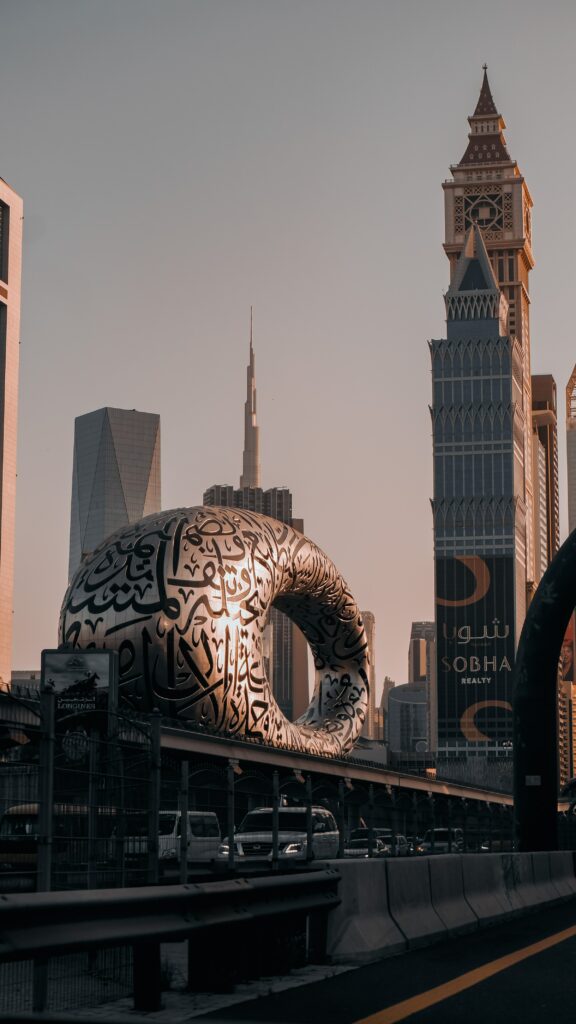
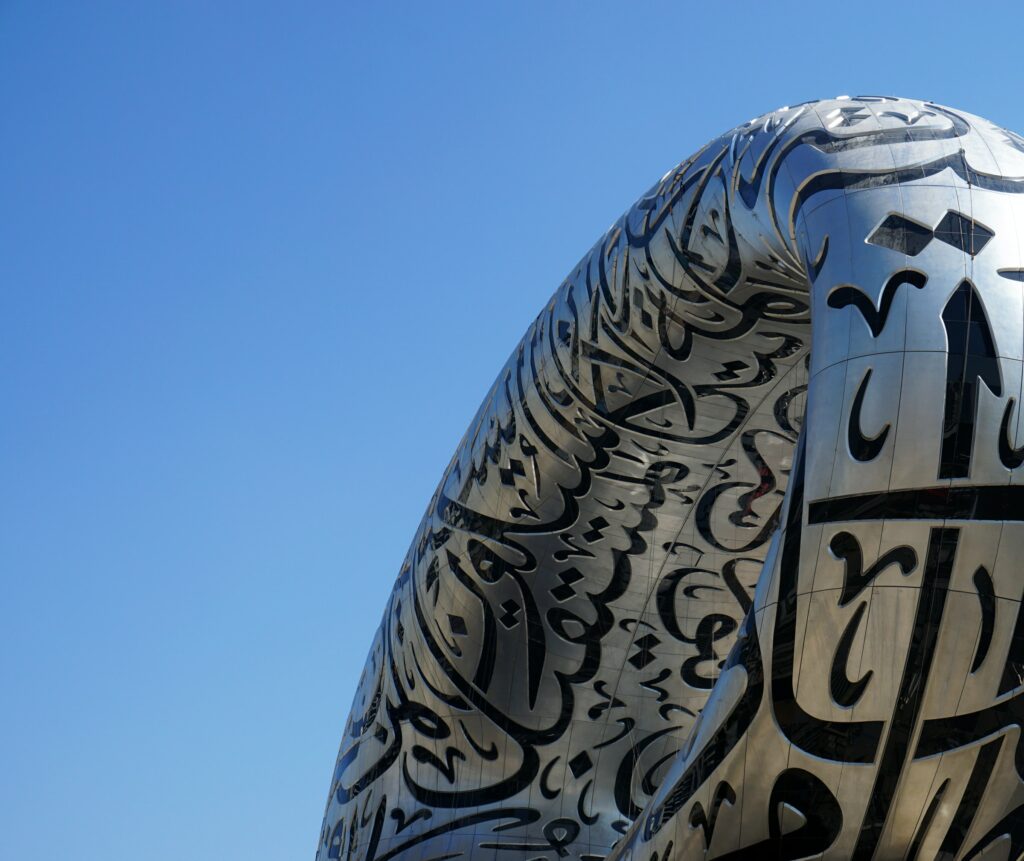
In the underground halls built under the fortress of Al-Fahidi, the Dubai Museum has exhibits that reveal the colorful world of the inhabitants of old Dubai, all those craftsmen and merchants who created an atmosphere that has already disappeared. The exhibition of life-size mannequins fascinatingly accompanies the markets and households of the extinct world. Life, rarely caught in the lens of travelers and described in great travel stories, is as delightful as everything new that the United Arab Emirates is proud of today. The people who lived here were distinguished by enviable perseverance, only then could they survive in inhospitable conditions on the edge of the desert.











I kept avoiding Dubai due to all the bad taste photos I saw on Instagram but my fiance surprised me with a trip for our engagement party. Yes, you have the odd flashy hotspots, the excessively rich people flaunting everything but the city as a whole is crazy fun and full of stuff to do. Also, if you like shopping, here it’s considered a national sport, you won’t run out of options. I think we’ll be back here very soon as we both enjoyed it.
I am in love with Dubai! I am not one to shy away from crowds, in fact I would say I’m quite an extrovert and the vibrant life Dubai offers made me think of moving there several times. It’s an expensive city but the amount of progress they made with the development of this city is insane, I’ve never seen anything like it!
I thought exploring Dubai on a budget was impossible but my fiance really wanted to go so we took it upon ourselves to stay away from influencer-recommended hotels and restaurants and look for hidden gems. I’ve found a lot of affordable apartments which were only a fraction of what I would have paid for a room at a popular hotel. Apply the same principle for food and other activities, the options there are endless! Oh, and don’t forget the sunscreen if you’re planning a summer trip, the heat is insane!
I made the huge mistake of having my contact lenses when I visited Dubai, the amount of sand and dust made it almost unbearable. Next time I’m packing my prescription glasses for sure!